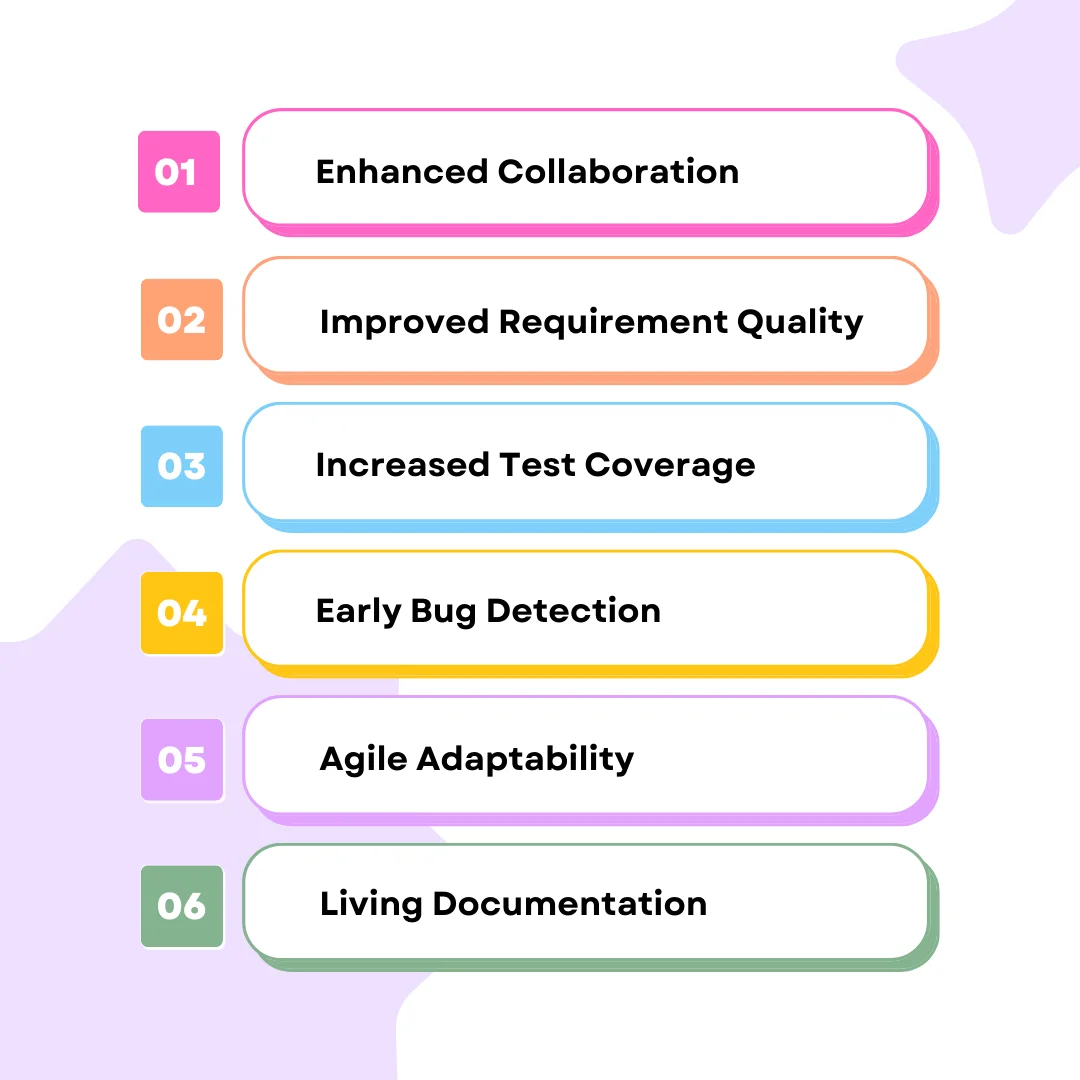Behavior Driven Development
In the fast-paced world of software development, methodologies and frameworks constantly emerge to enhance productivity and efficiency. One such approach that has gained significant traction is Behavior Driven Development (BDD).This is a collaborative and user-centric methodology that aims to bridge the gap between technical and non-technical team members. In this blog post, we will explore the key concepts, benefits, and best practices of BDD, shedding light on its potential to revolutionize the software development process.
Understanding Behavior Driven Development
Behavior Driven Development is an extension of Test-Driven Development (TDD), emphasizing the use of natural language to describe desired behavior from a user's perspective. This involves close collaboration between developers, testers, and business stakeholders to define and validate requirements. It ensures that the software meets both functional and non-functional specifications while maintaining a focus on delivering business value.
The Core Concepts of BDD
1. Shared Understanding
BDD encourages cross-functional teams to share a common understanding of the software's behavior and requirements. This is achieved through the use of a ubiquitous language, often expressed in the form of "Given-When-Then" scenarios. These scenarios provide concrete examples of desired system behavior and help align all stakeholders.
2. Behavior Specification
In this, behavior specifications are written as executable tests that describe the expected behavior of the software in a human-readable format. These specifications serve as living documentation and can be automatically executed to validate the system's behavior.
3. Automation
It promotes the automation of acceptance tests, enabling continuous integration and frequent feedback. Tools like Cucumber, SpecFlow, and Behat provide frameworks for expressing and executing behavior specifications. Automation ensures that the software remains consistent with the desired behavior, reducing the risk of regression issues.
Benefits of Behavior Driven Development
Improved Collaboration
It fosters collaboration among team members by involving stakeholders from different backgrounds and roles in the software development process. By providing a shared language and context, BDD enhances communication, reduces misunderstandings, and promotes alignment towards a common goal.
Enhanced Requirement Quality
BDD shifts the focus from merely documenting requirements to actively defining and validating them. By emphasizing concrete examples and executable specifications, BDD helps uncover potential ambiguities, inconsistencies, and gaps in requirements early in the development cycle.
Increased Test Coverage
It promotes the creation of automated acceptance tests that cover different user scenarios. These tests serve as living documentation and provide a safety net to detect regressions when changes are made to the system. With BDD, the test coverage increases, leading to improved software quality.
Business Value Orientation
It ensures that development efforts align with business goals. By focusing on user stories and business value, BDD encourages teams to prioritize work items that provide the most significant impact to users and stakeholders. This helps maximize return on investment (ROI) and ensures that software development efforts are directed towards delivering real value.
Best Practices for Successful BDD Adoption
Collaborative Approach
The success relies on effective collaboration between developers, testers, and business stakeholders. Encourage open communication, facilitate workshops, and involve all team members in the process of defining behavior specifications.
Ubiquitous Language
Create a shared understanding by developing a ubiquitous language that is used consistently across all team members. This language should capture the business domain and be understandable by both technical and non-technical stakeholders.
Scenario Refinement
Invest time in refining scenarios and ensuring they are concise, unambiguous, and expressive. Strive for scenarios that focus on a single behavior, avoid technical details, and capture the essence of the desired system behavior.
Automation
Leverage automation frameworks, such as Cucumber or SpecFlow, to implement behavior specifications as executable tests. Automating these tests enables frequent feedback, reduces manual effort, and helps ensure the system behaves as expected.
Various Types of BDD Framework
When it comes to implementing Behavior Driven Development, there are several frameworks available that provide the necessary tools and structure to write and execute behavior specifications. These frameworks help automate the testing process and facilitate collaboration between team members. Here are some popular BDD frameworks:
1. Cucumber
BDD cucumber framework is one of the most widely used frameworks. It supports several programming languages, including Java, Ruby, and JavaScript. It allows you to write behavior specifications using a Gherkin syntax, which is a human-readable format. It enables teams to define feature files containing scenarios written in Gherkin and then implement step definitions to automate the execution of those scenarios.
2. SpecFlow
SpecFlow is a BDD framework specifically designed for .NET applications. It integrates seamlessly with popular .NET development tools like Visual Studio. SpecFlow also uses the Gherkin syntax for writing behavior specifications. It provides support for generating step definitions automatically and offers integration with unit testing frameworks like NUnit and MSTest.
3. Behat
This framework is for PHP applications. It allows developers to write behavior specifications in Gherkin syntax and define step definitions to automate the scenarios. Behat integrates with popular PHP frameworks like Symfony and Laravel, making it a suitable choice for PHP-based projects.
4. Jasmine
Jasmine is a Behavior Driven Development framework for JavaScript applications. While it is primarily used for testing JavaScript code, it also supports behavior-driven development. Jasmine provides a simple and expressive syntax for writing behavior specifications and assertions. It is often used in conjunction with other JavaScript frameworks like Angular and React.
5. JBehave
It is a BDD framework for Java applications. It follows a similar approach as Cucumber and SpecFlow, allowing developers to write behavior specifications using the Gherkin syntax. JBehave supports the generation of step definitions and integrates well with popular Java testing frameworks like JUnit.
These frameworks provide the necessary tools and structure to implement BDD in your development process. They enable teams to collaborate effectively, automate the testing process, and ensure that the software meets the desired behavior as defined in the behavior specifications. Choose a framework that best suits your programming language and project requirements, and leverage its features to maximize the benefits of BDD.
Advantages of Behavior Driven Development

Conclusion
Behavior Driven Development has emerged as a powerful methodology to enhance collaboration, improve requirement quality, increase test coverage and align development efforts with business goals. By providing a shared understanding and a common language, BDD empowers teams to deliver software that meets the desired behavior while maintaining a focus on delivering value to end-users.
WithBlue Summityou can unlock the benefits of enhanced collaboration and achieve greater success in our agile behavior driven development projects.
